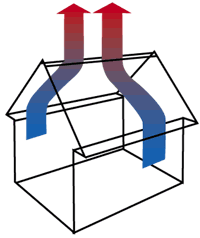|
|
|
|
|
Office: 248-669-9007 Toll Free: 866 GO PRO 56 |
|
|
|
|
|
|
|
|
|
|
Poor Attic Ventilation Can
Ruin Your Insulation, Destroy Your Shingles, And Raise Your
Energy Bills!
Types of damage that can result include:
Additional structural damage can include:
|
|
|
Proper Attic
Ventilation
|
 |
||
|
|
|
|
||||||||||||||
|
|
|
|
|
Visit Pro Built's 4,000 sq ft showroom at 1610 Glengary Road, Commerce Twp, Michigan 48390 Toll Free 866 GO PRO 56 |